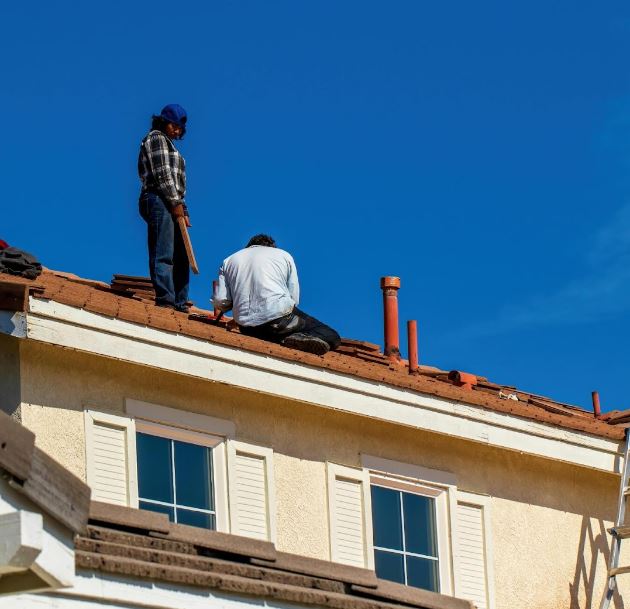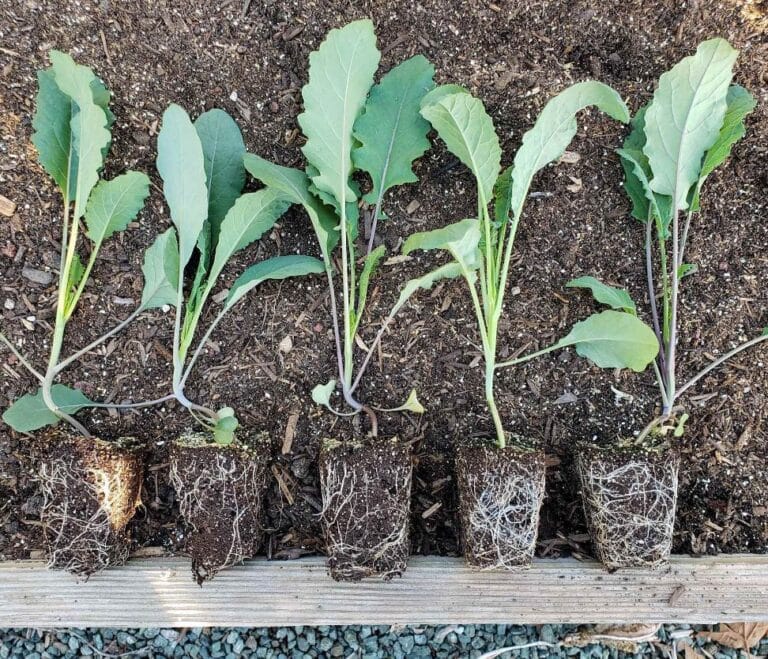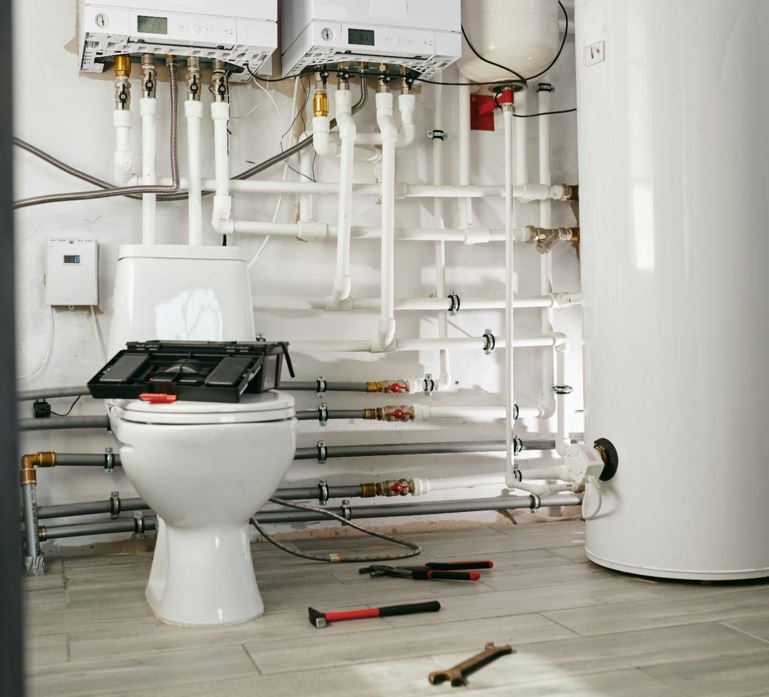Roof Repair vs. Replacement: Making the Smart Financial Decision

Your roof is one of your property’s most vital components, providing protection, insulation, and structural support. However, it faces wear and tear over time due to harsh weather conditions, natural aging, and environmental factors. When issues arise, homeowners often find themselves at a crossroads: Should they repair the existing roof or invest in a complete replacement? Understanding the key differences between repair and replacement can significantly impact your overall financial well-being.
Assessing Roof Damage
The first step in making a sound roof repair or replacement decision involves a comprehensive damage assessment. It’s crucial to recognize the signs of wear, which may include leaks, missing shingles, or sagging areas. These indicators often reveal whether minor repairs will suffice or a full replacement is warranted. Homeowners should know that small, localized damages can sometimes escalate into more extensive issues if left untreated.
Moreover, the roof’s age plays a pivotal role in this assessment. While some roofing materials are designed for longevity, the average lifespan of a roof can vary significantly. For example, asphalt shingles typically last 15-30 years, while metal roofs may last 50 or more. If your roof is approaching the end of its expected lifespan, replacing it may be more cost-effective than frequent repairs.
Consulting the Local Experts
Seeking professional guidance is essential when making decisions about your roof. Consulting local roofing experts ensures you receive insights tailored to your specific needs, whether a repair, replacement, or routine maintenance. Their in-depth knowledge of local weather conditions, building codes, and roofing materials allows them to provide accurate assessments and practical recommendations.
A thorough inspection by experienced professionals can uncover hidden issues that homeowners might overlook. Identifying potential problems early helps prevent costly repairs later. Their expert advice ensures you make informed decisions that align with your budget and long-term roofing goals.
Cost Considerations
Cost is a primary factor for most homeowners deciding whether to repair or replace their roof. Repairing a roof is generally less expensive upfront, often ranging between $300 and $1,500, depending on the extent of the damage. However, multiple repairs over time can quickly accumulate, leading to costs that rival those of a new roof.
In contrast, a full replacement can initially seem daunting, with average costs ranging from $5,000 to $20,000, depending on the size and type of materials used. Yet, a new roof can provide long-term savings, improve energy efficiency, and enhance property value, making it a wise investment. It’s crucial to evaluate not just the immediate costs but the long-term financial implications as well.
Long-Term Investment and Warranty
Replacing your roof is a long-term investment that enhances your home’s value and durability. Many new roofs come with extensive warranties, sometimes lasting up to 50 years. These warranties provide financial protection against unexpected repairs and offer peace of mind, ensuring your investment remains secure for years.
Beyond durability, a new roof can also improve energy efficiency. Modern roofing materials are designed with advanced insulation properties, helping to regulate indoor temperatures and lower energy bills. Choosing a high-quality, professionally installed roof reduces maintenance costs while increasing overall comfort and sustainability.
Environmental Impact
The environmental implications of repairing and replacing a roof should also be considered. When roofs are repaired, they typically use existing materials, which can be less wasteful than full replacements. However, if a roof is beyond repair, utilizing sustainable materials for a new installation can offset environmental concerns. Many roofing companies now offer eco-friendly options that minimize waste and improve sustainability.

Moreover, new roofs can feature materials that promote energy efficiency, thus playing a role in reducing your carbon footprint. Look for options that reflect sunlight or improve insulation to maximize these benefits. Making informed choices about roofing materials can contribute significantly to environmental sustainability.
Energy Efficiency and Insurance Benefits
Energy efficiency is an essential consideration when evaluating roof options. An energy-efficient roof can lower utility bills, allowing homeowners to recoup some of the costs of a new roof. Many insurance companies offer discounts for homes with updated roofs, which often translate to long-term savings. Understanding the implications of insurance can significantly influence your choice, as these financial incentives can help offset the investment in a new roof.
Your decision should support your long-term financial goals and enhance your property’s value. Carefully assessing all factors helps you make the most of your investment. A well-informed choice ensures durability, efficiency, and cost-effectiveness. By planning wisely, you can maximize both short-term benefits and long-term savings.
Evaluating your roof’s condition, understanding costs, and weighing long-term benefits are essential in deciding between repair and replacement. Considering the environmental impact and seeking expert advice can further guide you toward a smart financial choice. By balancing immediate needs with future outcomes, you can ensure lasting protection for your home.






